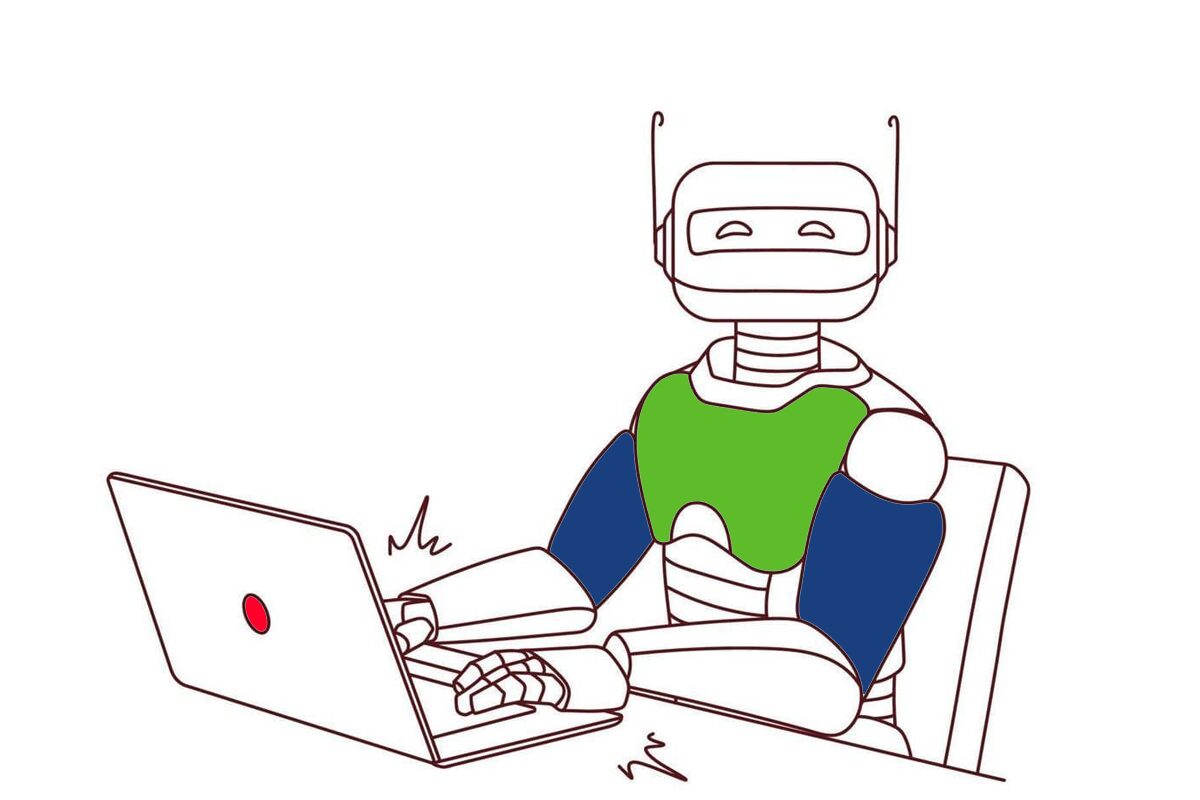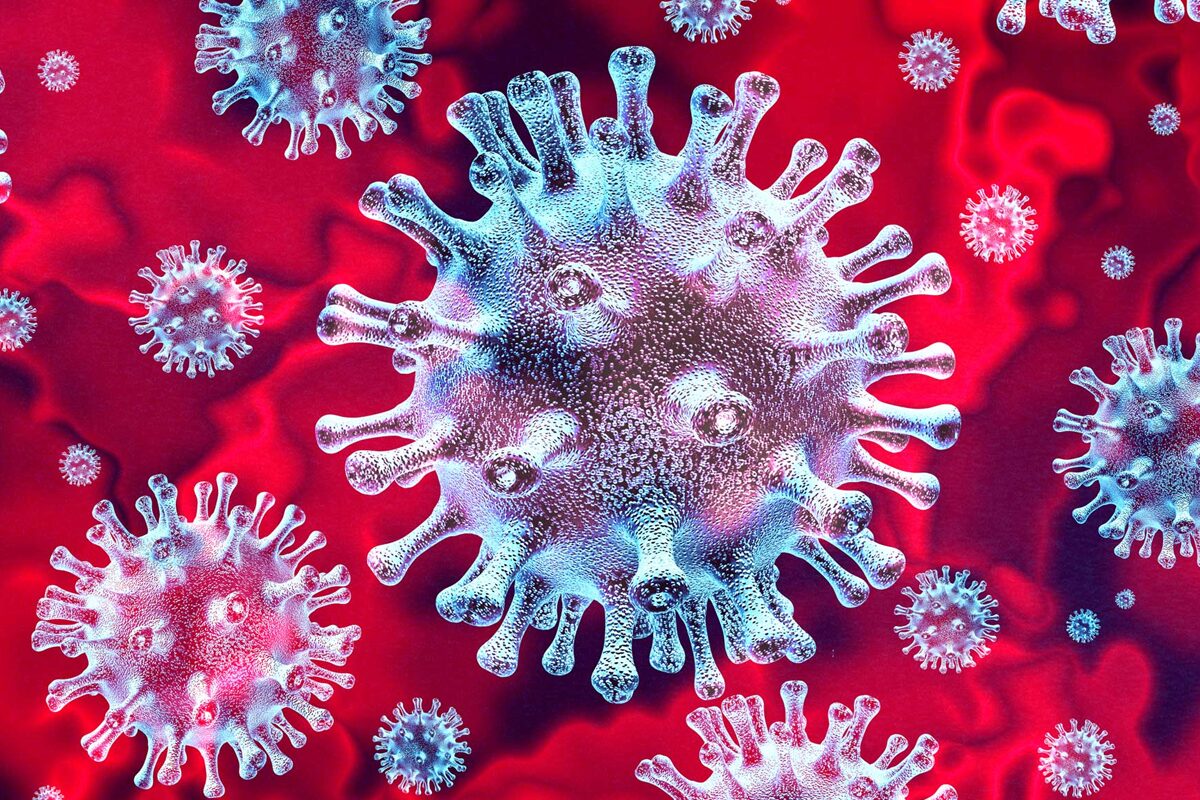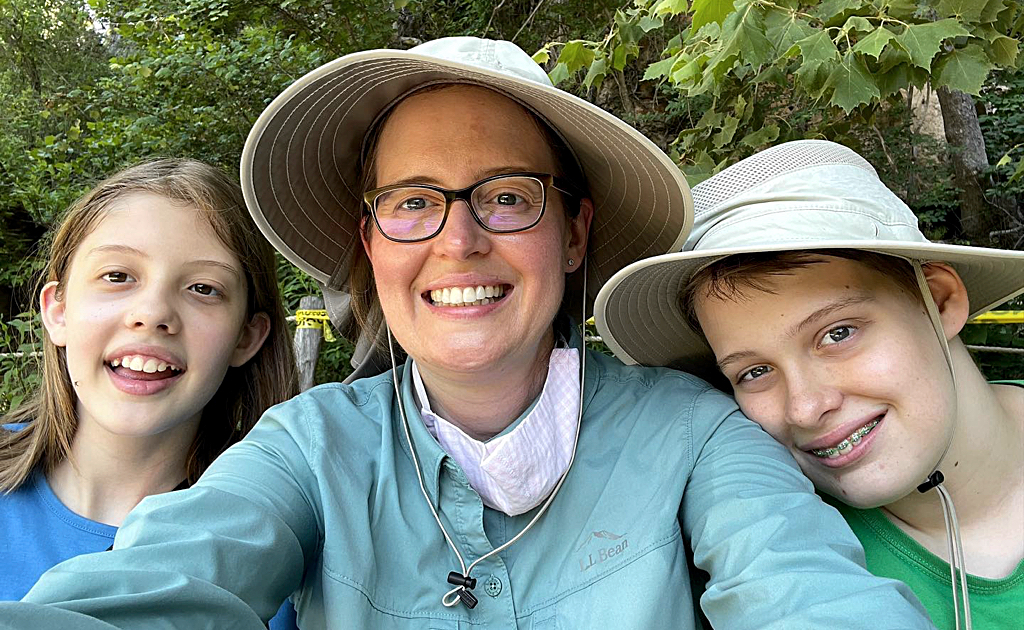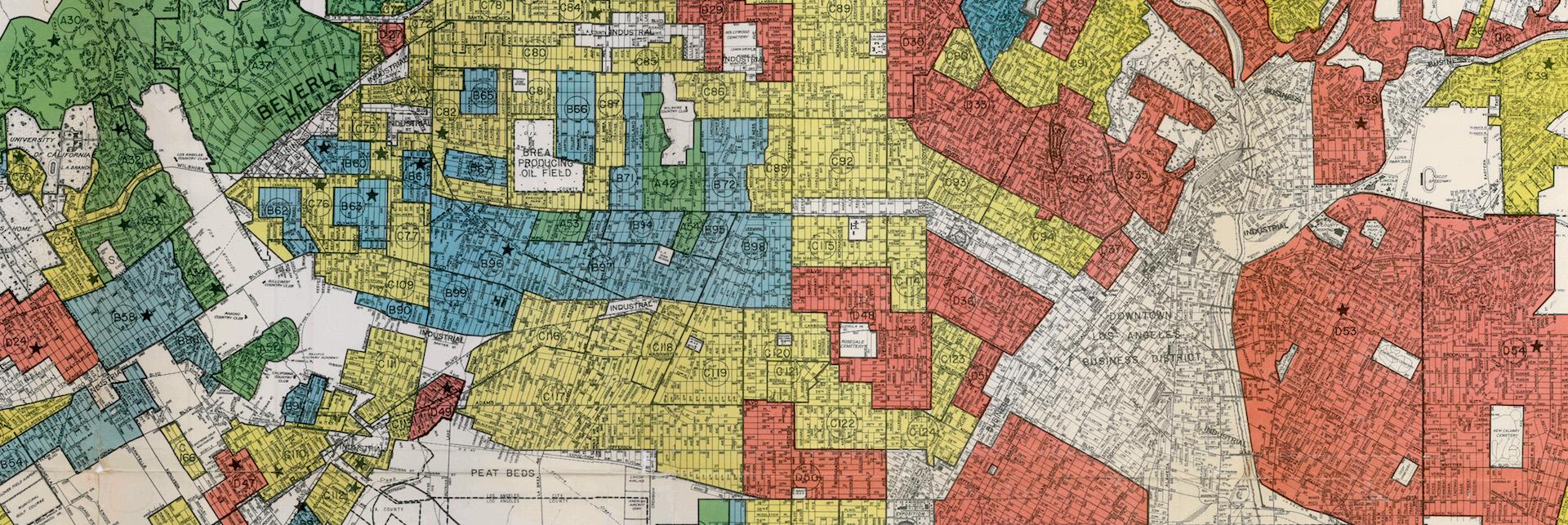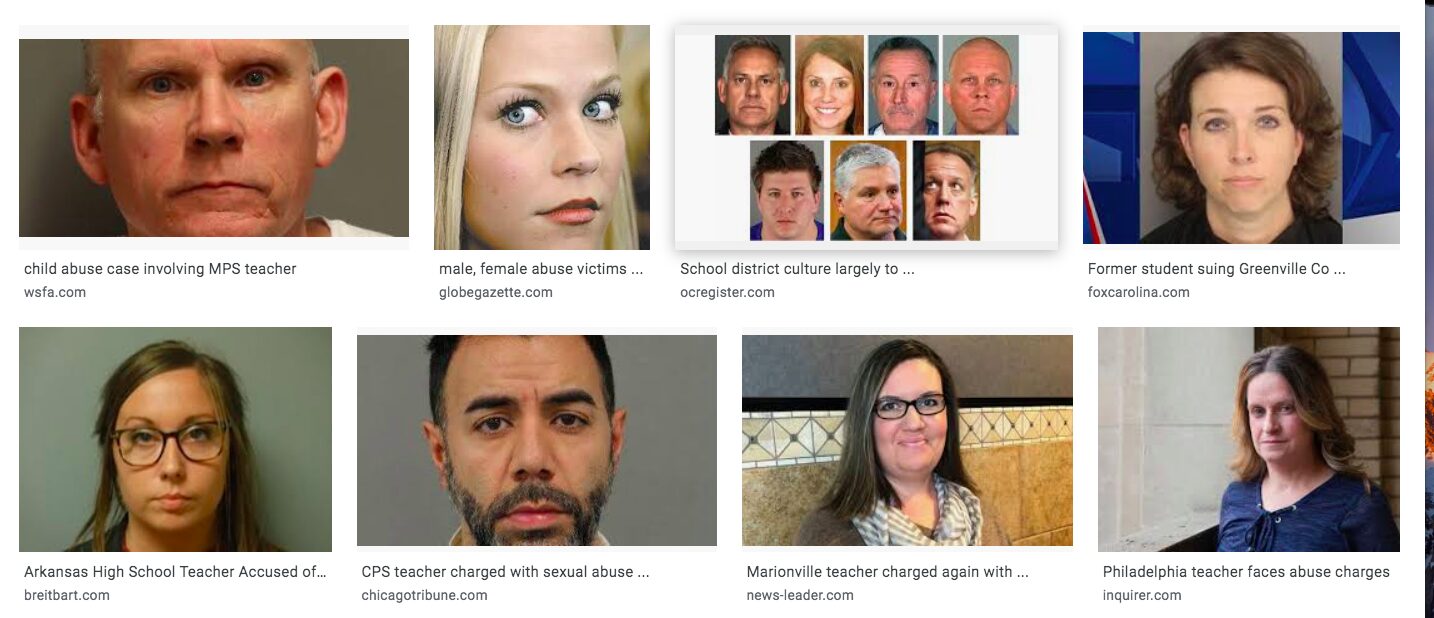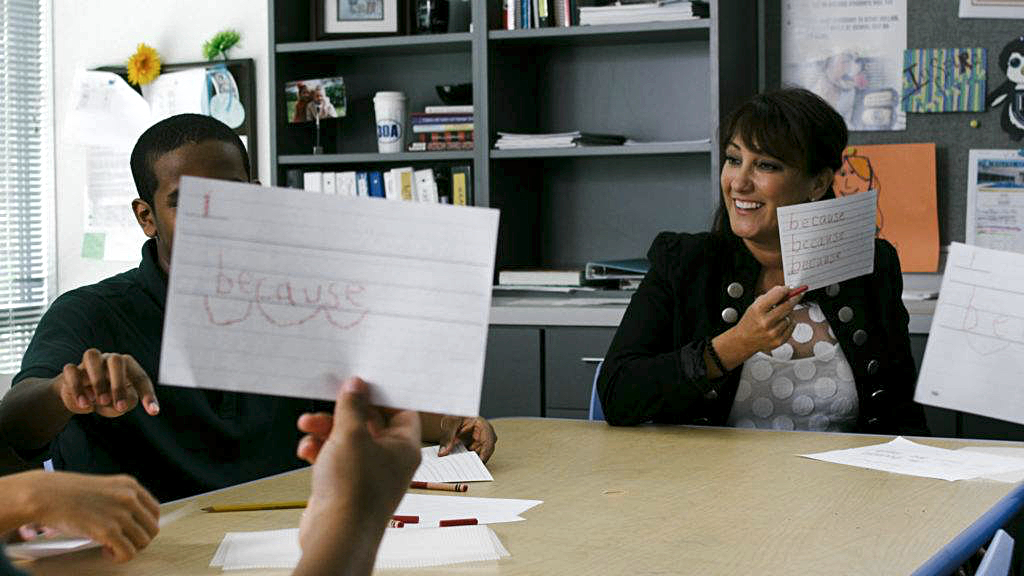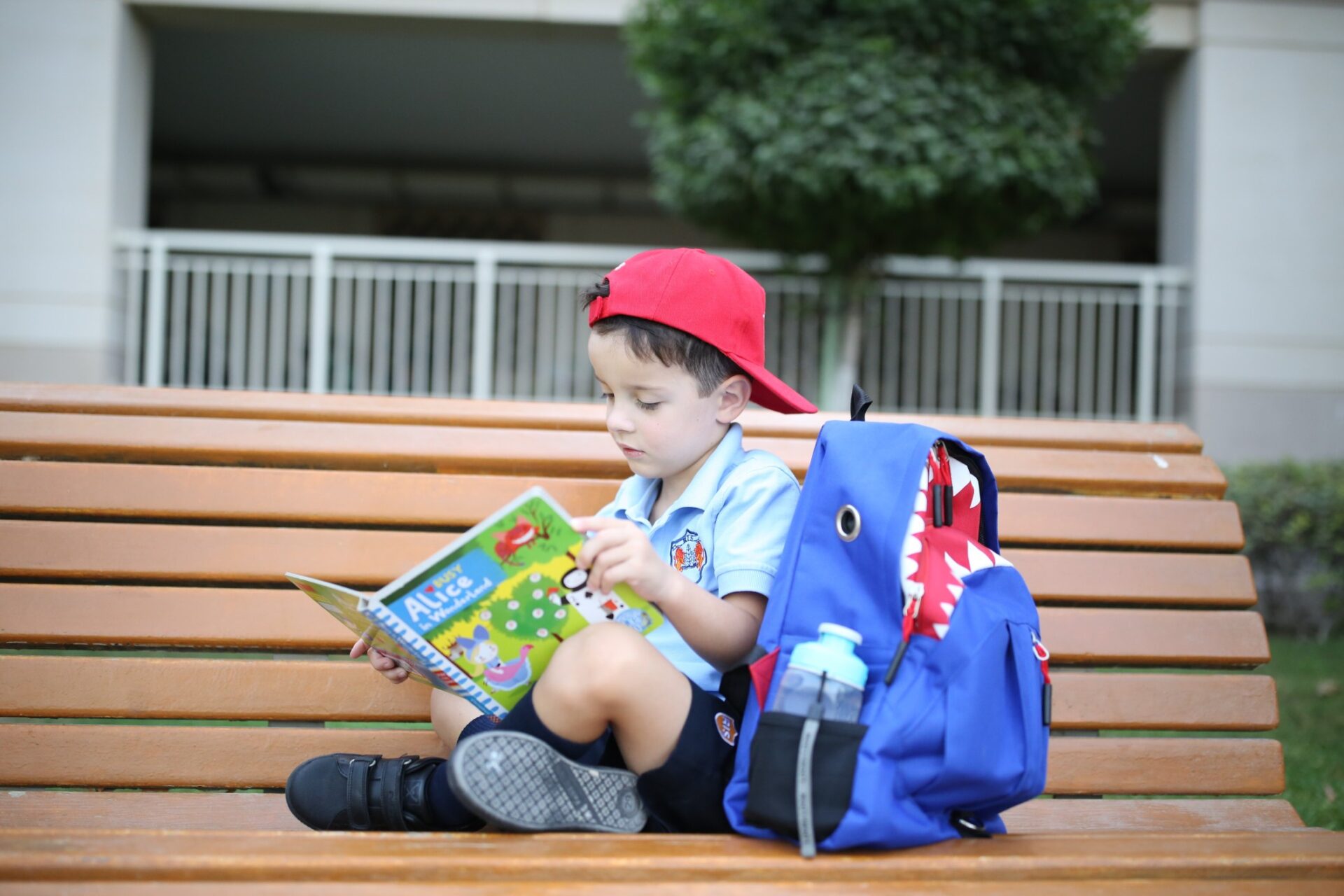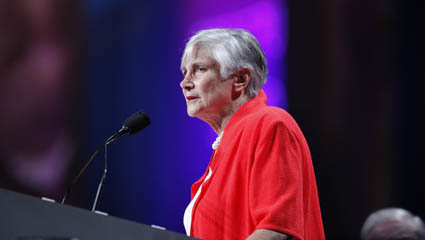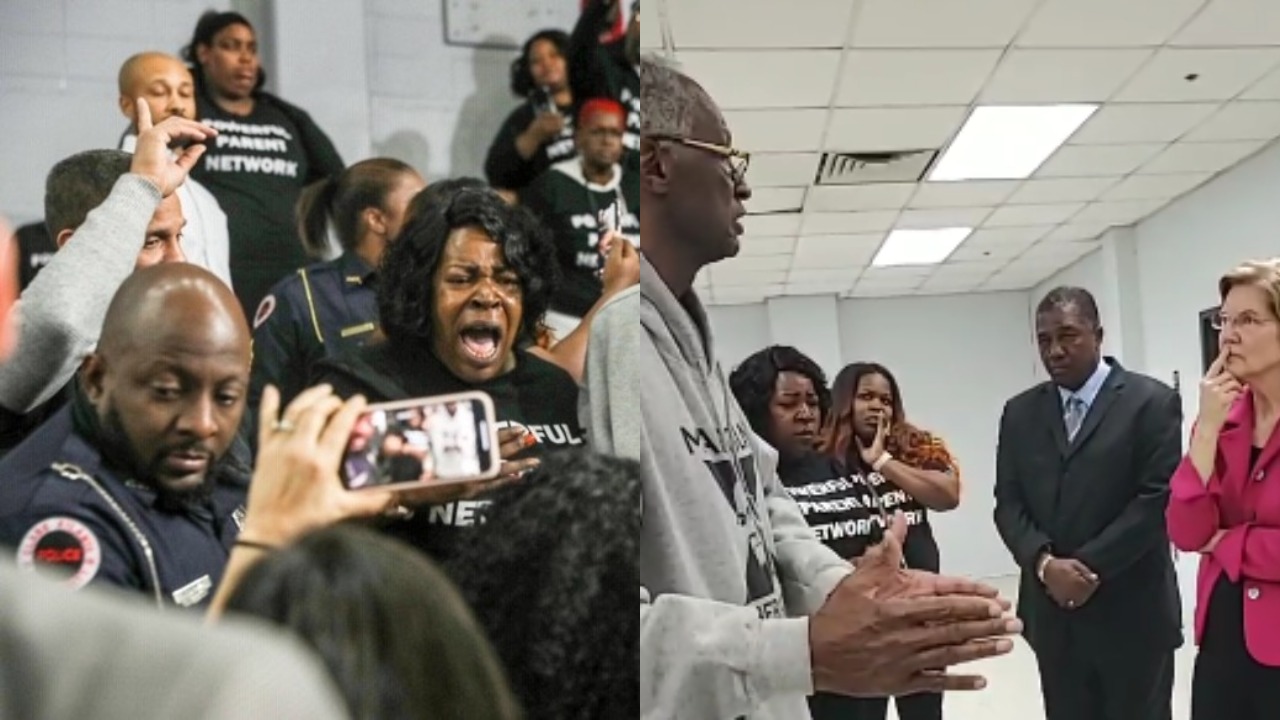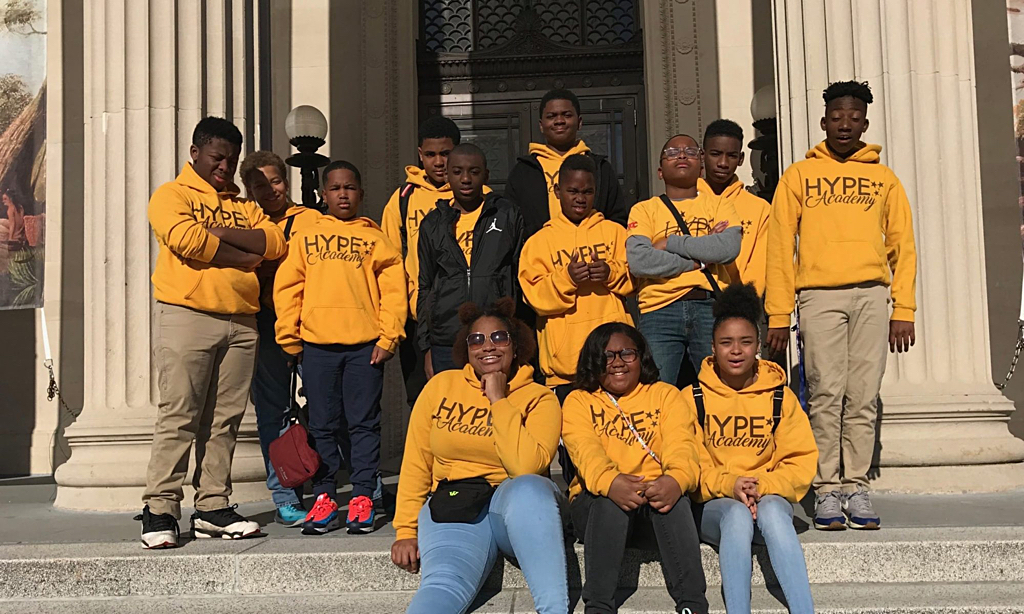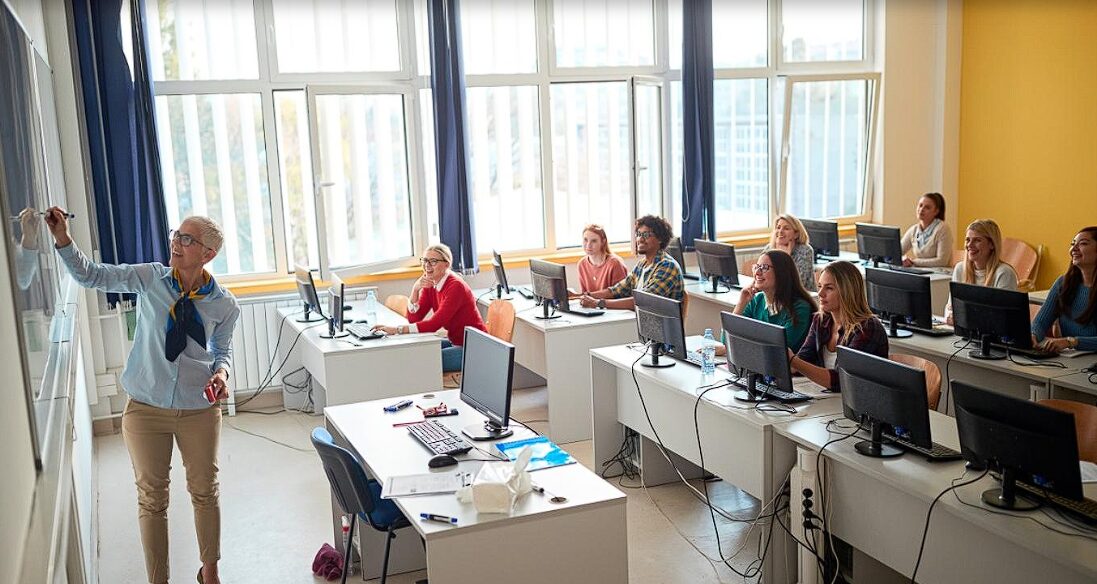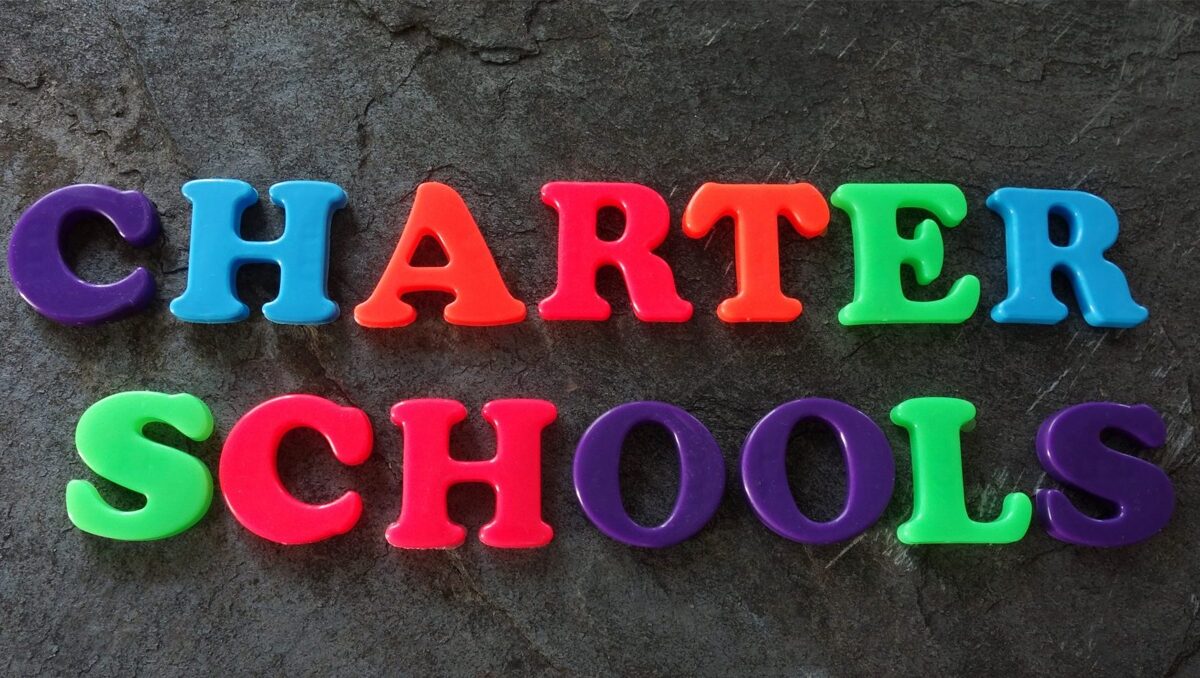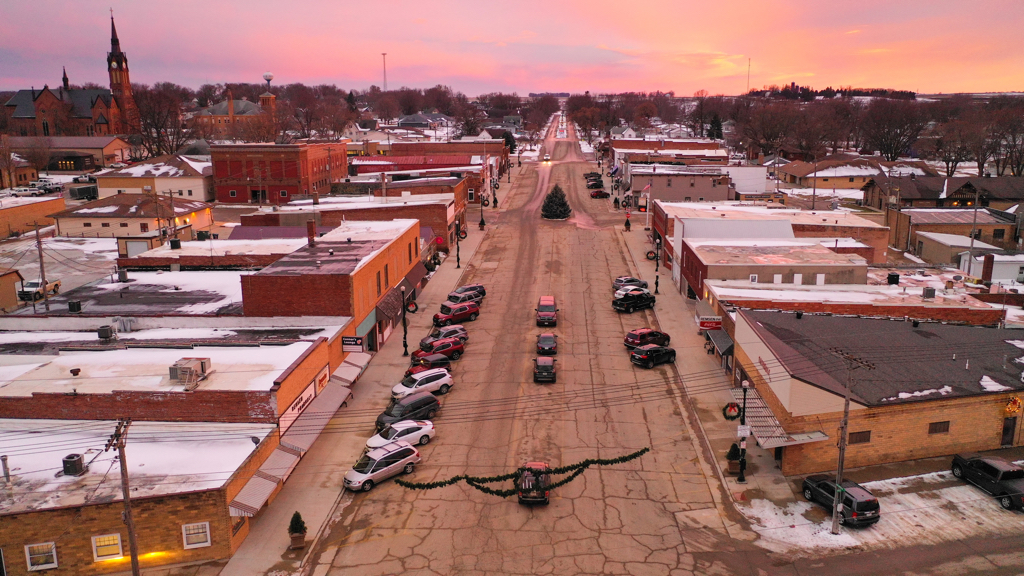
While Cities Weigh A Return To Virtual Learning, Rural Schools Press On
New year, same pandemic.
While many had high hopes that 2022 would present a brighter chapter of the COVID-19 crisis, the highly-transmissible Omicron variant had other plans. For those in cities, school closures may be the worst among them.
More Than 330,000 of Chicago’s Children Didn’t Learn Today Because of CPS’s Staggering Lack of Planning
Before winter break, more than 300 schools across a dozen states had pivoted to remote learning. Looking ahead to the spring semester, schools in the Baltimore and Philly areas are preparing for a virtual start as the Omicron surge continues. However, before American families resign themselves to another semester of learning loss, there’s a caveat: if you live in a rural area, you’re probably in luck.
Rural schools, by and large, have been keener to press on with in-person learning than their urban counterparts throughout the course of the pandemic.
Rural schools, by and large, have been keener to press on with in-person learning than their urban counterparts throughout the course of the pandemic. Furthermore, even when school closures were deemed necessary, reopenings were more common in the nation’s rural areas and small towns. And before critics dismiss these successes as the result of sparse population densities, recall that rural counties have demonstrated a disproportionately high rate of susceptibility to COVID-19 outbreaks.
If school reopenings are more an issue of political will than public health, as some have opined, Rural America has it. But what will the outcomes look like?
If districts can hold the line and remain open amid this surge in cases, they may be able to stave off further learning loss and instead focus on getting students caught up.
Pandemic-related learning loss was one of the biggest stories of 2021, and parents from every demographic have been vocal that remote learning is to blame. If districts can hold the line and remain open amid this surge in cases, they may be able to stave off further learning loss and instead focus on getting students caught up.
However, anything is possible during this pandemic. Given what scientists are discovering about the contagiousness of the Omicron variant, staff shortages and student quarantines could ruin even the best-laid plans of districts—rural, urban, or otherwise.
These things are impossible to predict, but the determination of so many rural school and district leaders to continue providing their students with in-person learning opportunities is noble. Parents across America’s cities are probably thinking their local leaders could learn a thing or two.
